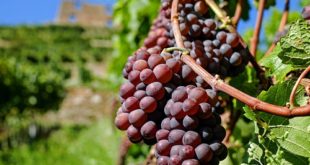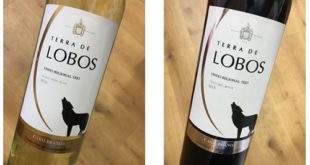Think again. As with many people of a certain generation (and possibly their kids too), our recognition of rose might have been the sickly sweet style popular in the sixties and seventies. The versatile bottle that would adorn many lampshades in living rooms across the land.
But things have changed. There’s been a revolution. Wine makers are now taking their rose wine production very seriously, and you should too.
We’re now in prime rose drinking time and I’m here to help you navigate your way through all the exciting styles and nuances available on the market.
What is Rosé Wine? When a wine isn’t quite red, it’s rosé. Technically speaking, this pinkish drink is produced differently than red wine but with the same grapes. For example, pink Bordeaux is produced with the same grapes as Red Bordeaux but the two wines are stunningly different.
The development of Rosé wine perhaps started with the popularity of Claret –a common style of red Bordeaux during the 1800’s. Back then, we fawned over pale wines made with Cabernet Sauvignon and Merlot. Nowadays, Bordeaux wines have become bolder and darker to fit today’s red wine flavour profile. Rosé has earned a category of its own.
Styles to look out for. Dry rose, is a versatile wine to go with savoury dishes and is a delight for hosts as it works with red and white meat dishes. Perfect for BBQs.
France and Spain lead the way in Rosé wine production and it’s typical to see a blend of 2-3 different grape varieties. Here are the most common dry Rosé wine varieties to look out for used either alone or in a blend: Grenache, often South of France; Sangiovese, Italy; Syrah and Mourvedre, South of France; Carignan or Cinsault, South of France, especially Provence; Pinot Noir, Loire or Burgundy.
There are also some interesting sweet Rose styles available. These are produced by simply not fermenting all the sugar into alcohol. However, it is not as common and mostly reserved for bulk wine production. If you are on the search for a sweet rosé wine I would recommend discovering Pink Moscato.
The epicenter of the Rosé wine world is in the South of France. There, along the Mediterranean, regional varieties like Grenache, Carignan and Syrah are blended together to make refreshingly dry Rosé.
Provence is the home of ultra premium rose, so if you’re looking for snob bonus points then head for this region. However there are some incredible value alternatives and stunning wines produced along the Languedoc-Roussillon. An area I would particularly look out for is Saint Chinian where there are some beautiful oaked rose wine styles that work superbly with heavier dishes. The wines from here smell of strawberries and raspberries and are refreshing with zesty acidity.
If you are looking for quality, seek out wines with a high percentage of Grenache, Syrah or Mourvedre versus Carignan or Cinsault. Most Carignan and Cinsault are not as complex.
If you are looking for a lighter, zippier style I would recommend seeking out rose wines from the Loire Valley. Flavours of grapefruit, mint and even red bell pepper are common. In Bordeaux, Rosé made from Merlot can lean towards the sweet side with aromatics of strawberry sauce and peaches.
So, this is just a quick guide to the different styles available. As always if you’d like to learn a bit more about how the different styles of rose are made, or recommendations on some of the best wines to try, please do drop me a line at [email protected]
If you get in touch I might even treat you to a handy free gift.
Happy Exploring!
Jerome Harlington
 Vino-Club For Wine Lovers
Vino-Club For Wine Lovers







